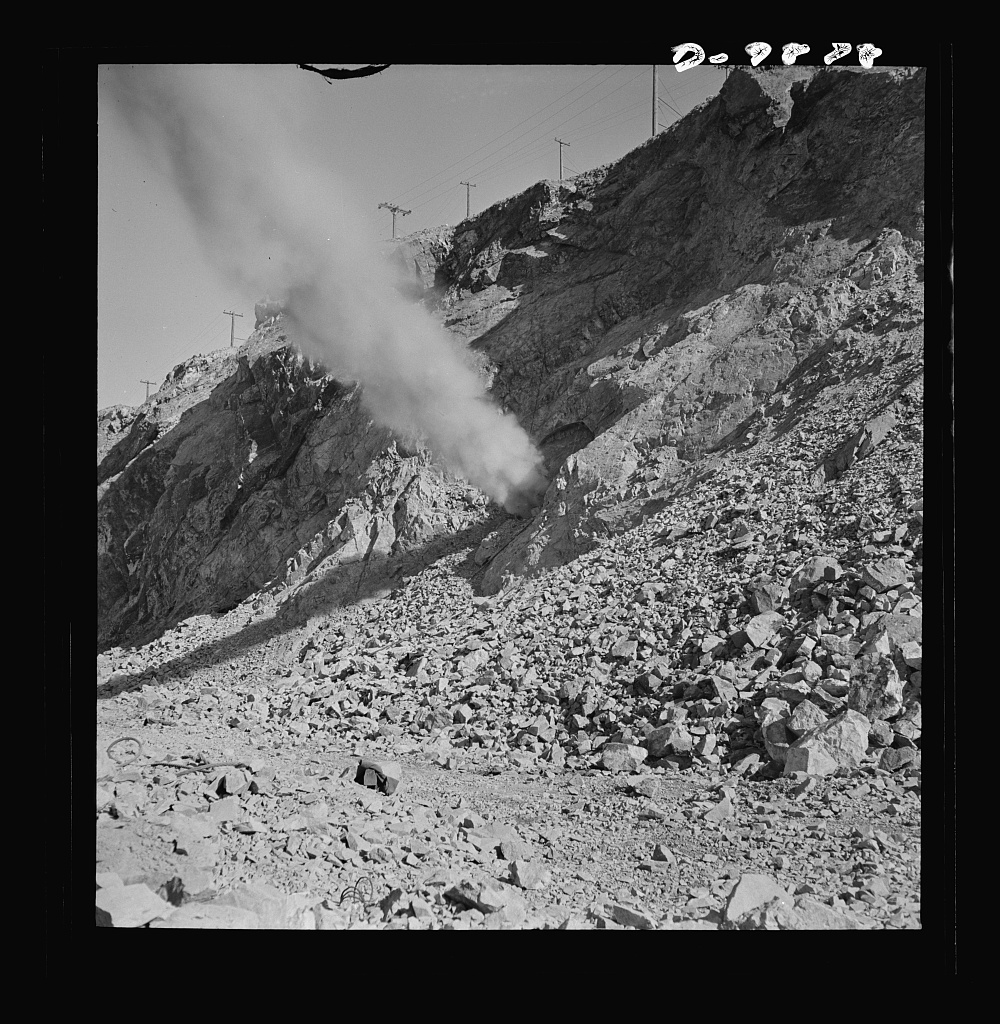The Kennecott copper mine in Bingham Canyon, Utah, is one of the world’s biggest copper mines. The mine was started by Enos Andrew Wall in 1887 when he realized how much copper there was in Bingham Canyon. He began by mining underground, but in the mid-1890s Daniel C. Jackling and Robert C. Gemmell looked at the mine, and they thought it had a lot of potentials. They told Enos that he should start doing open pit mining instead. On June 4, 1903, Daniel Jackling and Enos Wall formed the Utah Copper Company. In 1906 they were able to get financing from Guggenheim Exploration, and they started digging and switched to open-pit mining. Kennecott Copper Corporation didn’t come in until 1915 when they bought 25% of Utah Copper Company. In 1936 they purchased the rest of the Utah Copper Company, and they produced 30% of the copper for the Allies in World War 2. Kennecott was then bought by Standard Oil of Ohio in 1981 because of a fall in copper prices, then they were bought by British Petroleum in 1988, later in 1989, they were acquired by Rio Tinto Zinc. Finally, Rio Tinto created the Kennecott Utah Copper Corporation. Today Kennecott is the second-largest copper producer in the US and provides 18-25% of the United States’ copper needs. Along with being one of the largest mines, it’s one of the most massive man-made holes in the world. Cumulatively they have produced over 19 million tons of copper.


